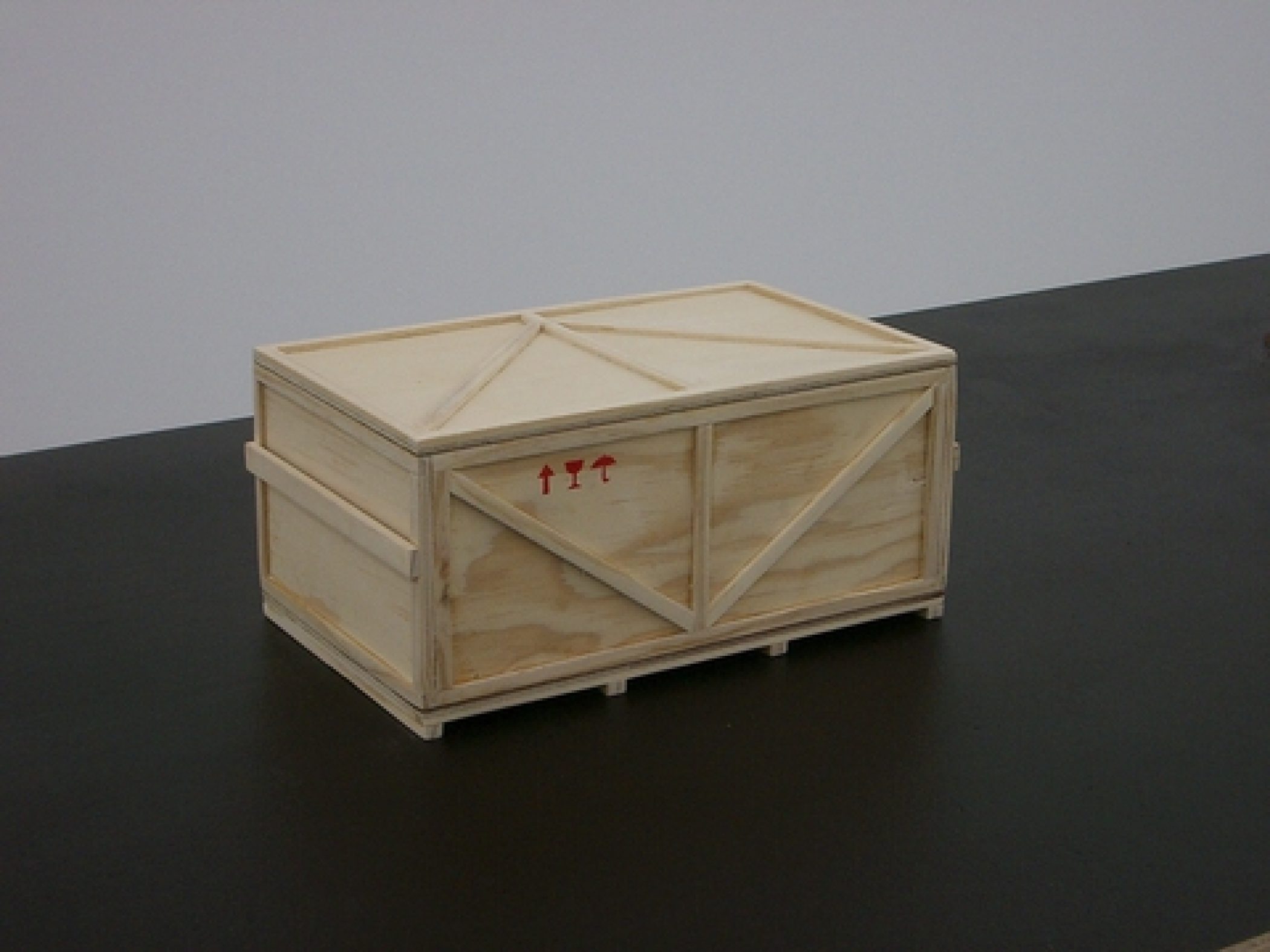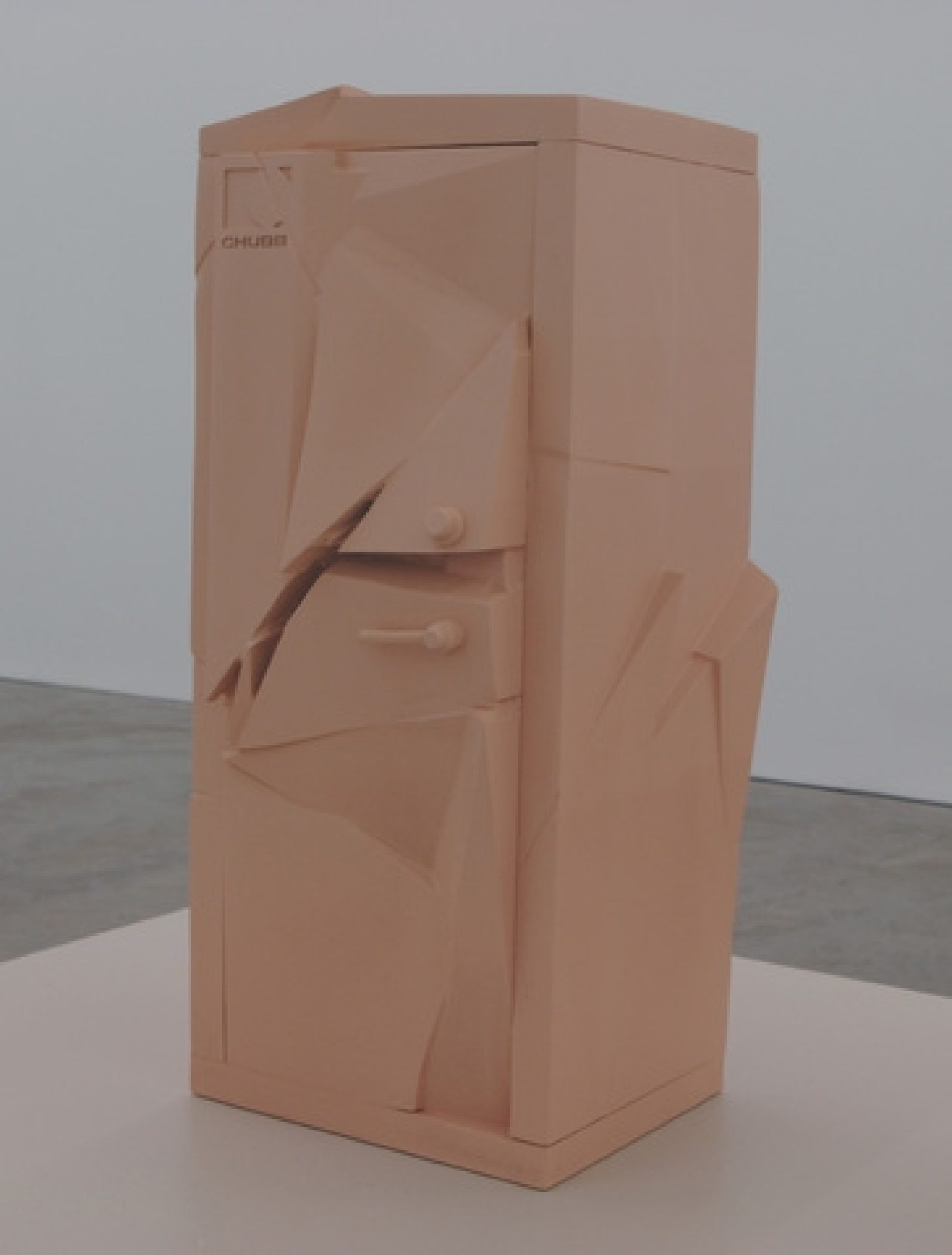Callum Morton
Mini Monuments
15th February – 18th March 2006
Anna Schwartz Gallery
Callum Morton is probably best known for his scaled-down model of Farnsworth House, designed by Mies van der Rohe in 1945, a building described by the critics in terms of floating planar forms but by the woman for whom it was built, Edith Farnsworth, as a glass cage for ‘a prowling animal’.1
Architecture is often separated from its real history, from the human circumstances that lie behind the production of such iconic forms. Morton began his career in architecture, which he studied at RMIT in the early 1980’s, but his architectural models quickly reveal themselves as the stage-sets for his tiny, constructed historical dramas. Fragments of conversation, music, the sounds of tiny televisions, lights, signs of movement emanate from within his built forms.
When you first encounter it, you are struck by its physical form — its pure, sculptural qualities and beautiful construction. Beyond this you find yourself hooked into the weird, tinny, pint-sized drama, writes Gina McColl of Babylonia in 2005. 2
Although the conflicts within these models are distilled from real events, they clearly belong to all our lives. ‘And it’s no surprise either,’ writes Stuart Koop of More Talk about Buildings and Mood, ‘that outrage and bitterness, disappointment and intolerance, illness and sadness, the whole gamut of motley abject emotions arise from within architecture and typically in the act of habitation.’ 3
‘One of the common threads of my work [is] that you’re always looking at the surface of it, you [can] never penetrate it. That notion of standing at the threshold of a door that you can’t cross — that is a totally psychological space, that’s about family, thwarted desire, all those kinds of things,’ says Morton. 4
1. Koop, S. ‘The Story of Architecture’ in Callum Morton: More talk about buildings and mood, MCA, Sydney, 2005, p6.
2. McColl, G. ‘Into the Island’, Sunday Age Preview, 9÷0÷05, pp 10 – 11.
3. Koop, S. ibid.
4. McColl, G. ibid.
Images
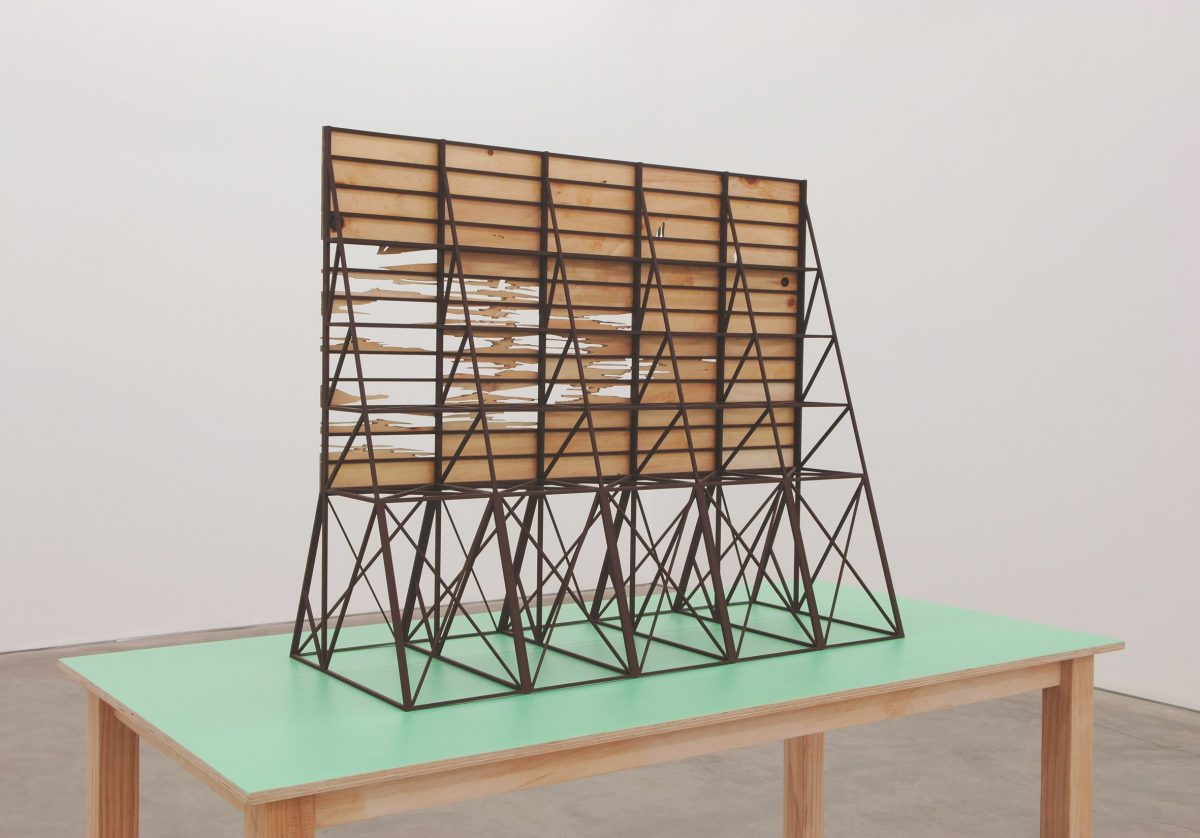
Callum Morton
Monument #1 — Screen, 2006
wood and acrylic paint
93 x 110 x 45.3 cm
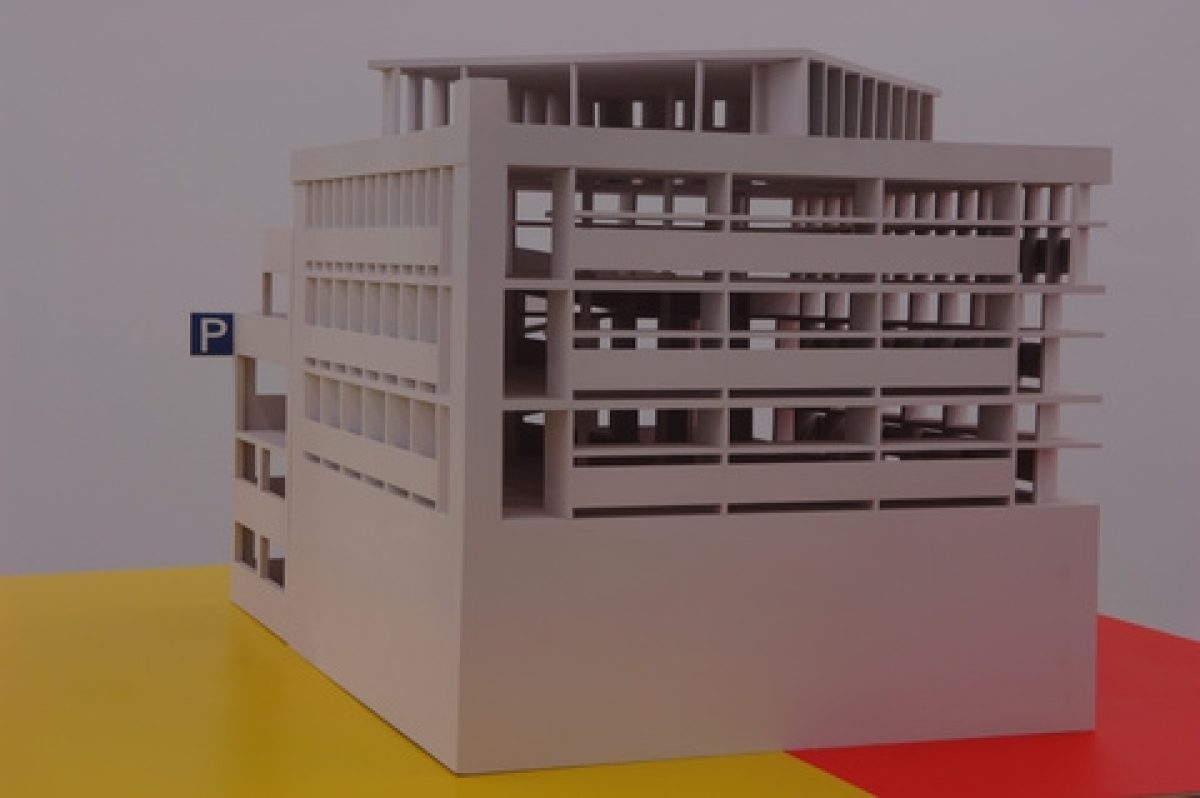
Callum Morton
Monument #2 — Carpark, 2006
Wood and acrylic paint
76.8 x 115.6 x 84 cm; 2 tables: 75 x 180 x 90 cm each
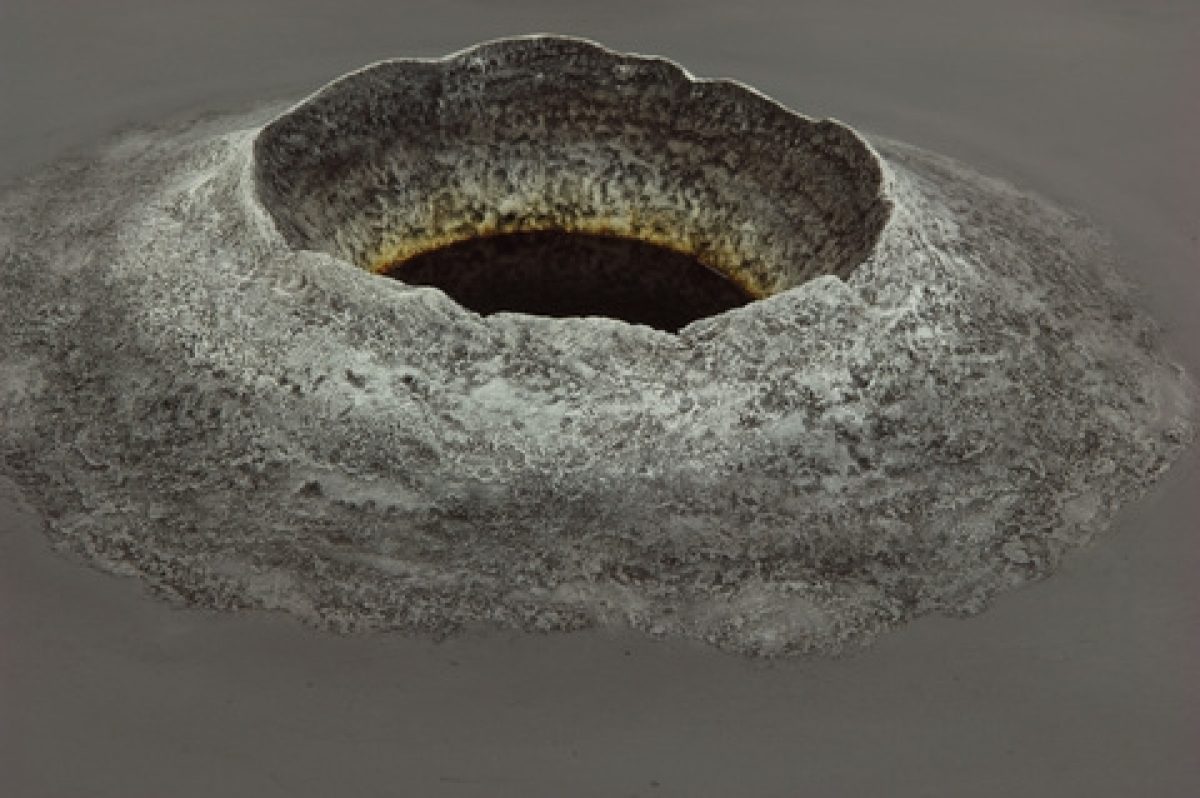
Callum Morton
Monument #3 — Crater, 2006
Wood, polystyrene, resin, acrylic paint, plastic, oil and sound
83 x 55 x 52 cm Table size 83 x 90 x 180 cm
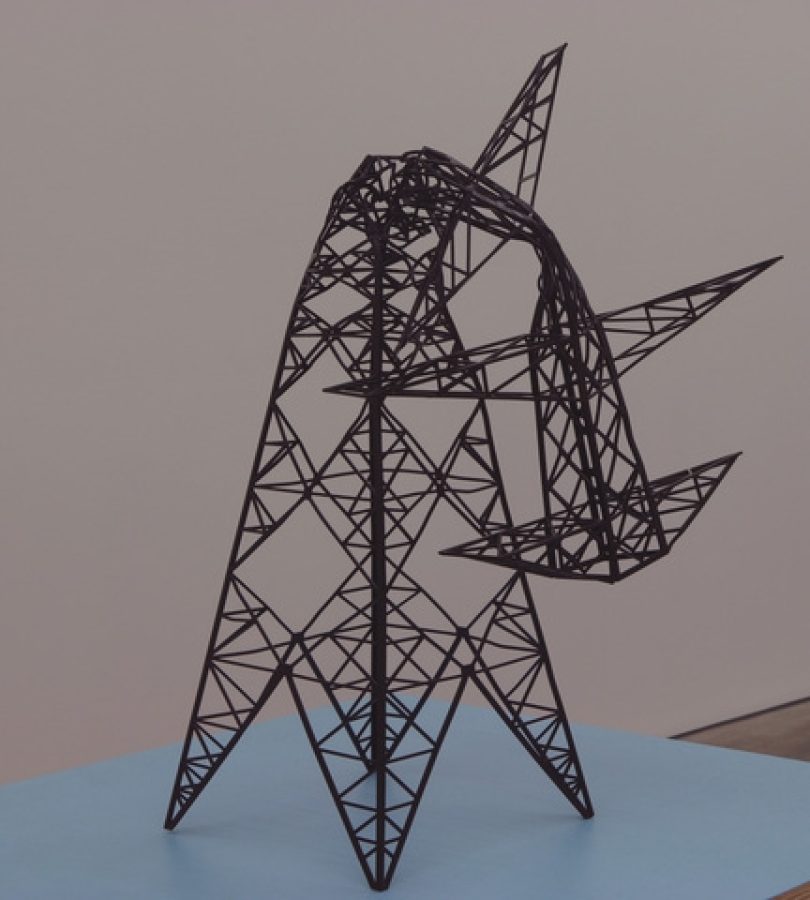
Callum Morton
Monument #4 — Pylon, 2006
Powder coated steel
78 x 41 x 56 cm
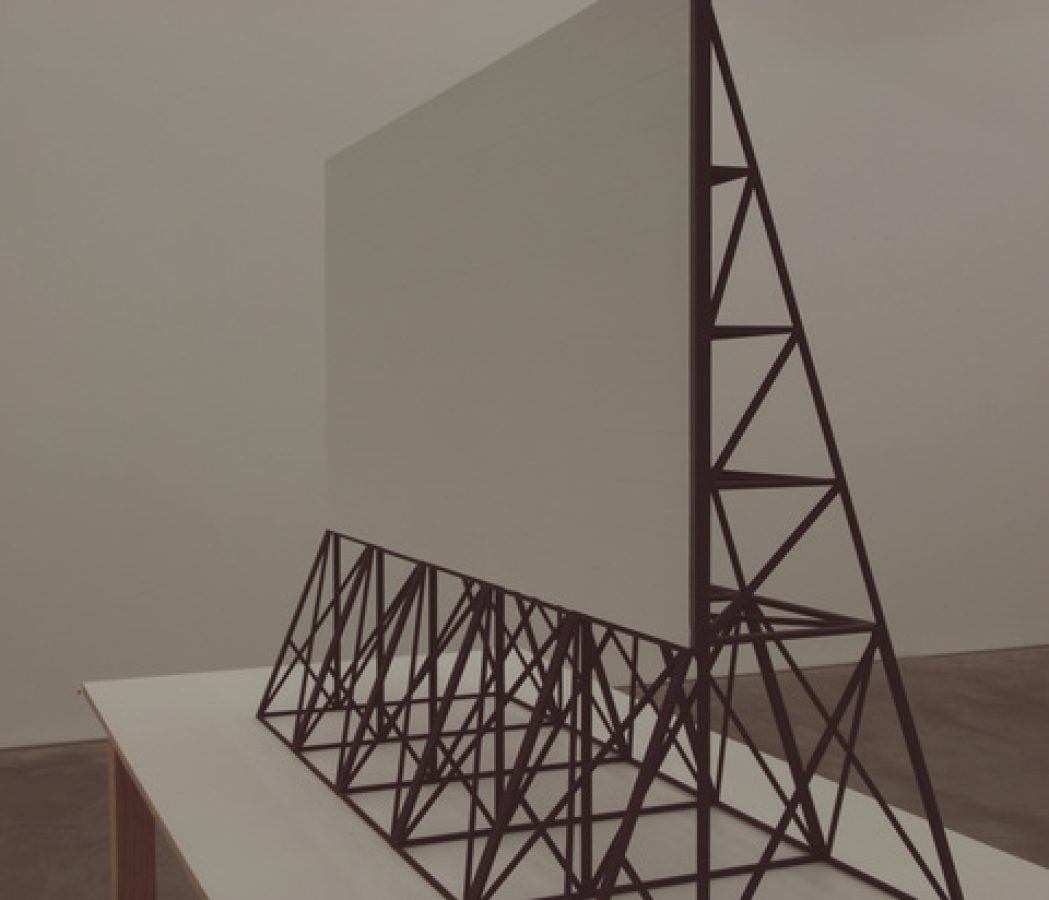
Callum Morton
Monument #5 — Dead End, 2006
Wood and acrylic paint
93 x 110 x 45.5 cm; table 75 x 90 x 180 cm
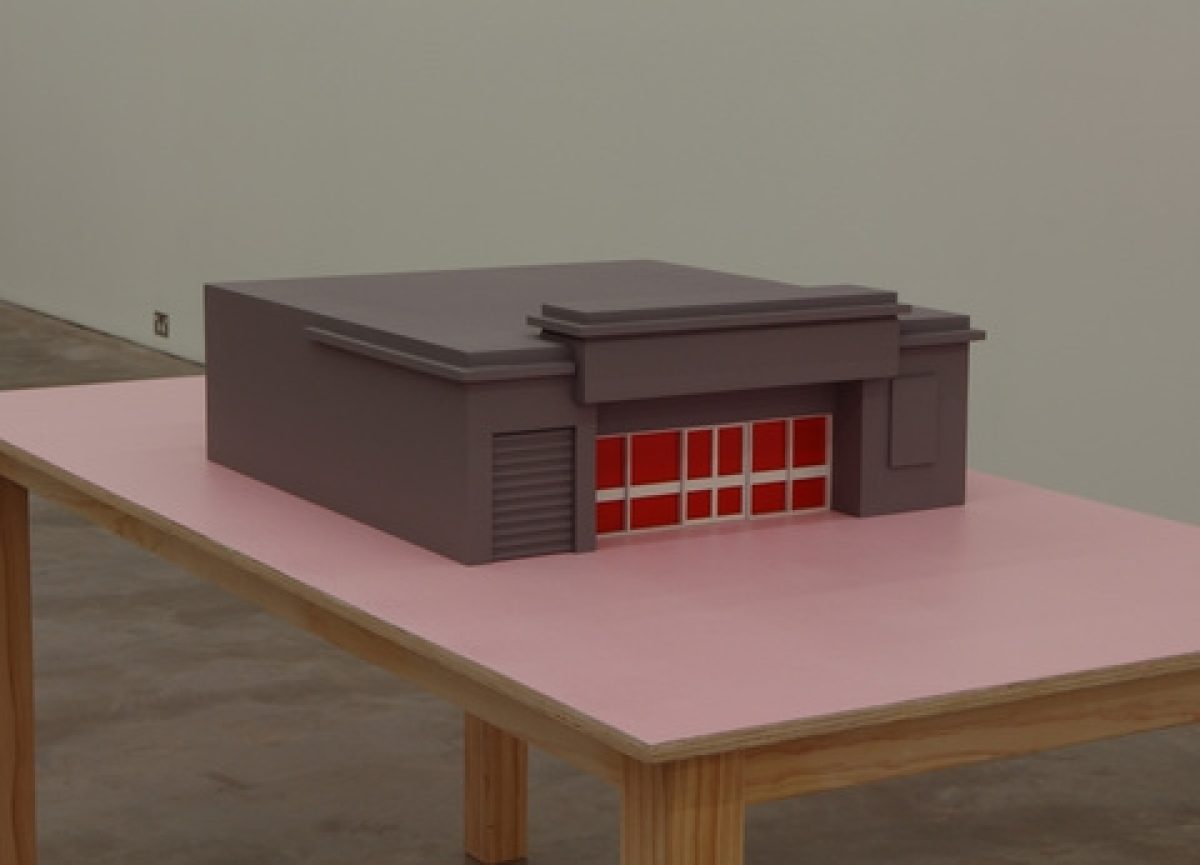
Callum Morton
Monument #6 — House, 2006
Wood, acrylic and enamel paint and perspex
23.8 x 63 x 67.5 cm; table: 75 x 90 x 180 cm

Callum Morton
Monument #7 — Crate, 2006
wool and enamel paint
15 x 33.5 x 19.5 cm
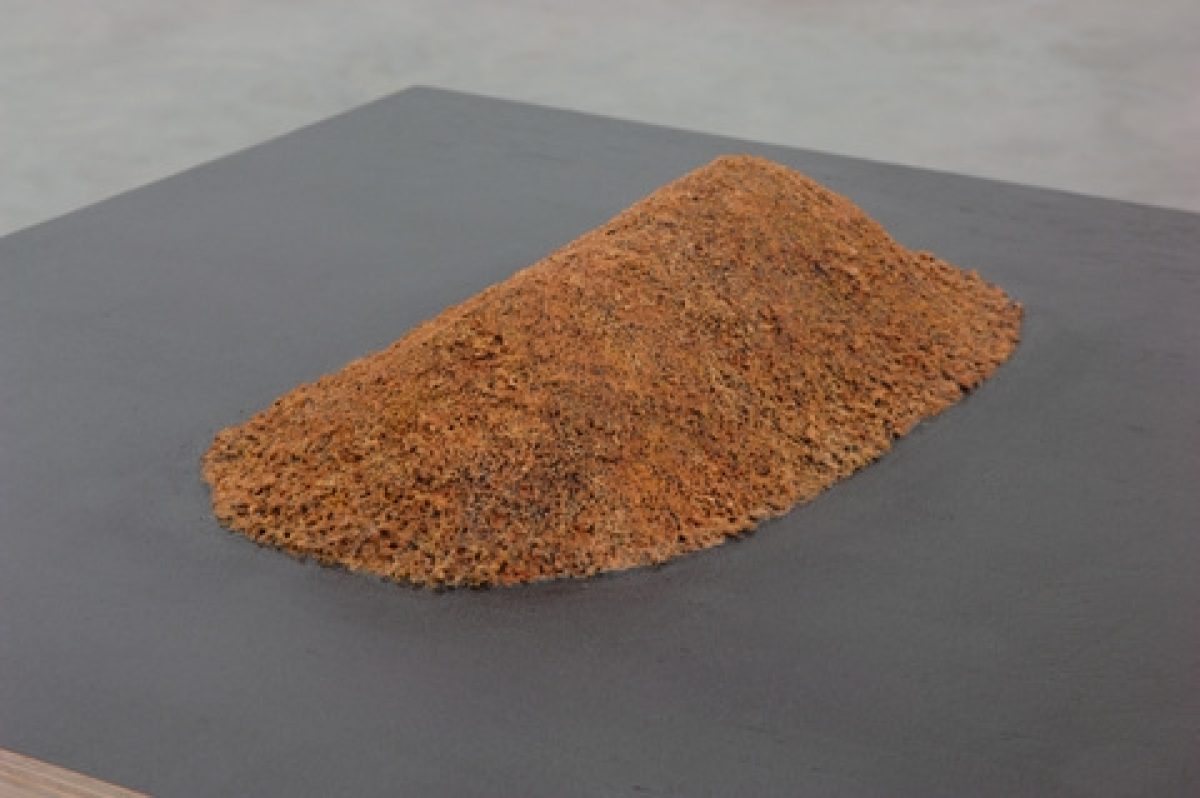
Callum Morton
Monument #8 — Pile, 2006
wood, polystyrene, acrylic paint and sound
90.3 x 90 x 180 cm (including table)
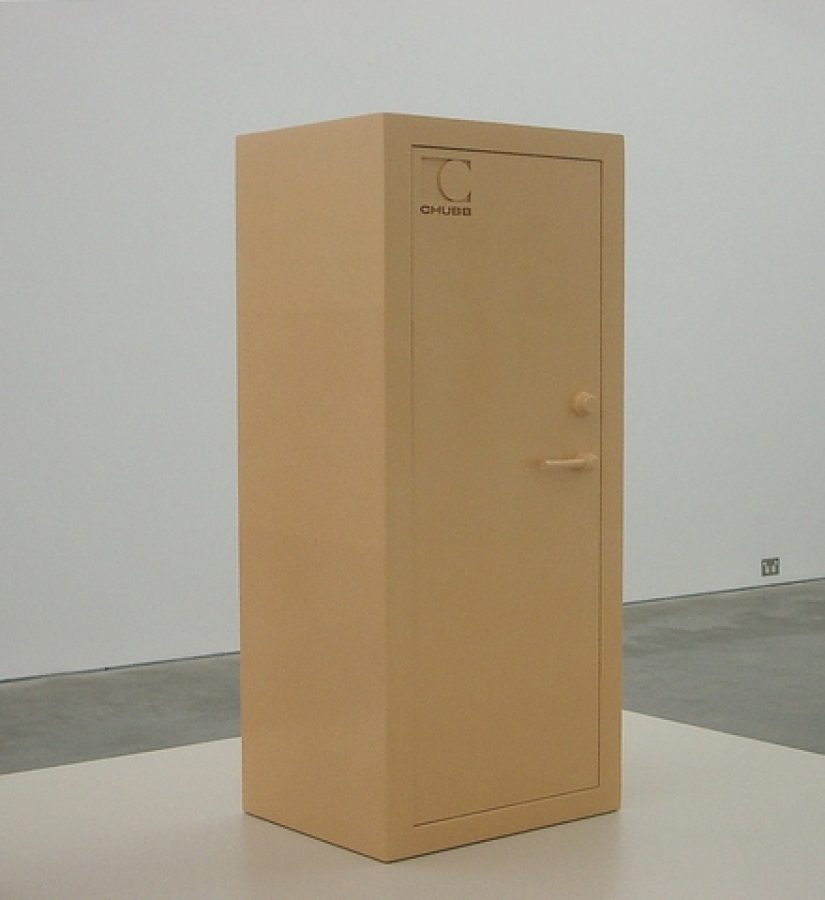
Callum Morton
Safe #1, 2006
Wood, steel and acrylic paint
69.7 x 30.7 x 26.6 cm

Callum Morton
Safe #3, 2006
Wool, ureol and acrylic paint
72 x 35 x 38 cm






